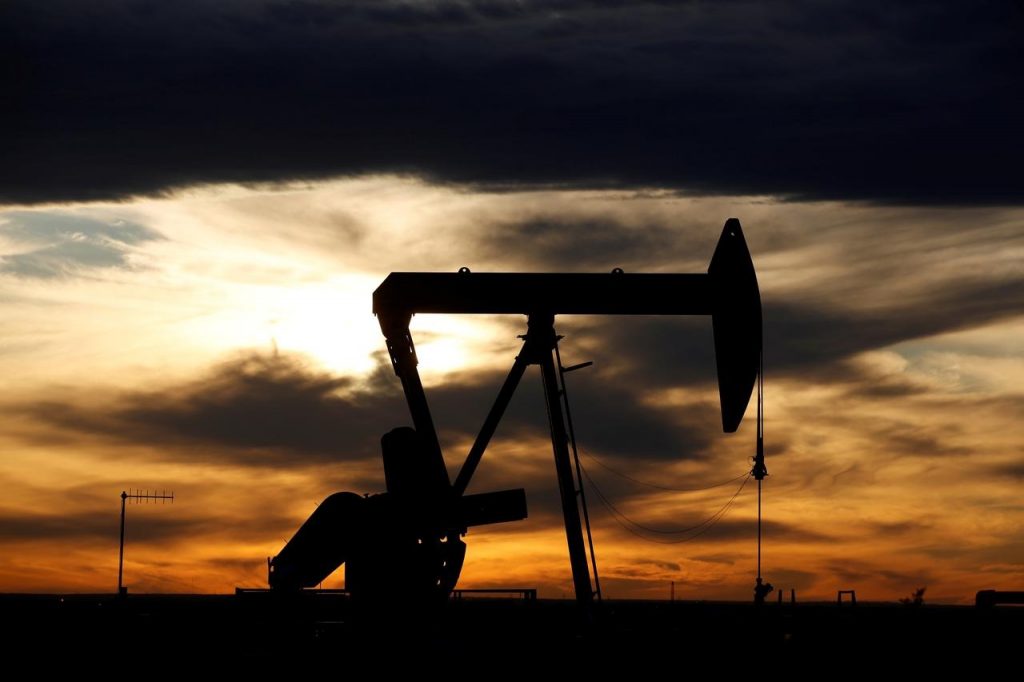Oil prices jumped on Thursday, extending steep gains in the previous session on signs the U.S. crude glut is not growing as quickly as expected and that gasoline demand battered by COVID-19 restrictions is starting to pick up.
West Texas Intermediate (WTI) crude futures CLc1 climbed to a high of $17.35 a barrel and were up 14.3%, or $2.15, at $17.21 at 0350 GMT. The U.S. benchmark surged 22% on Wednesday.
Brent crude LCOc1 rose 10.3%, or $2.33 to $24.87 a barrel in light trading, with the June contract expiring on Thursday. The contract hit a high of $24.91 earlier in the session, having posted a 10% gain on Wednesday.
The most active Brent crude contract for July LCOc2 was up $2.10 or 8.7%, at $26.33 a barrel.
U.S. oil plunged into minus territory last week as the May contract was expiring, but analysts said the market, while still volatile, appears to have found a floor.
“I think we’re closer to an equilibrium price for WTI between $15 and $20. That reflects all of the known knowns – the demand destruction that has led to storage filling up and pending supply cuts,” said Michael McCarthy, chief market strategist at CMC Markets and Stockbroking in Sydney.
U.S. crude inventories grew by 9 million barrels last week to 527.6 million barrels, U.S. Energy Information Administration data showed on Wednesday. This was well below the 10.6 million-barrel rise analysts polled by Reuters had expected.
“In the current environment, the market appears desperate for any positive signs, no matter how mild they seem. The focus this week has been on inventory and demand numbers from the U.S.,” ING’s head of commodities strategy Warren Patterson said.
U.S. gasoline stockpiles dropped by 3.7 million barrels from record highs the previous week, with a slight rise in fuel demand offseting a rebound in refinery output.
“If we see a continuation of this trend in the coming weeks, it could suggest the worst might be behind the oil market,” Patterson said.
U.S. President Donald Trump said his administration will soon release a plan to help the country’s oil companies, which Treasury Secretary Steven Mnuchin said could include adding millions of barrels of oil to already-teeming national reserves.
Private storage in U.S. is approaching full capacity and the government’s Strategic Petroleum Reserve hold only 78 million barrels of spare capacity.


